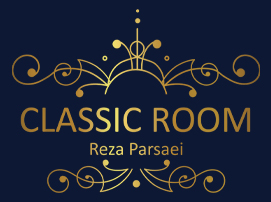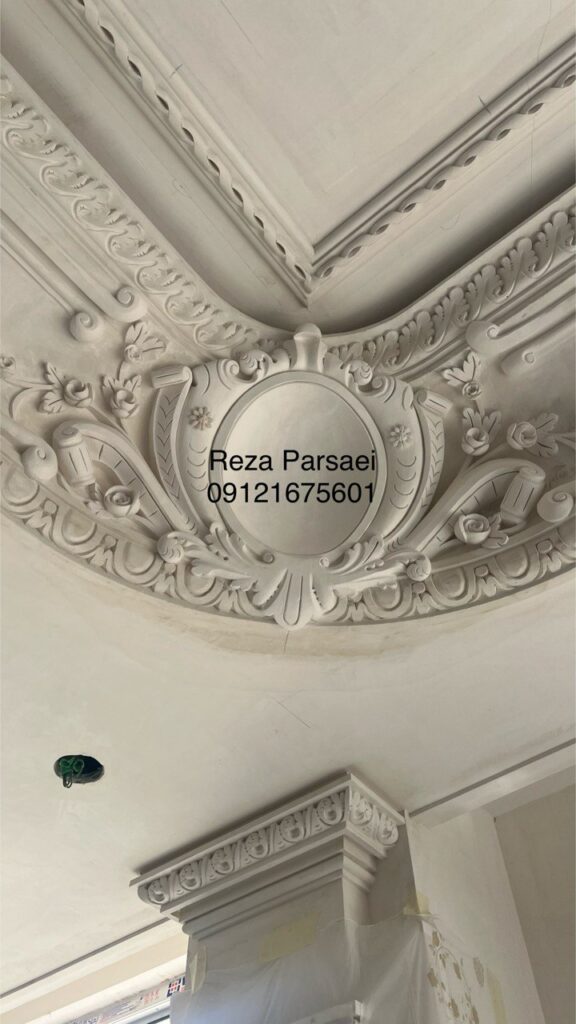Stucco Work: Decorative Plaster Art in Architecture
Stucco work is a decorative art that uses plaster to beautifully decorate the surfaces of walls and ceilings. This art is especially famous in Iranian architecture and classical ancient architecture, playing an important role in interior design. In this article, we will explore the art of stucco work, its history, types, and applications.
History of Stucco Work
Stucco work has a long history and has been widely used throughout different historical periods, especially during ancient Rome, ancient Persia, and Islamic eras. Plaster, as an affordable, accessible, and efficient material, has been used for creating architectural decorations and patterns. In Iran, many beautiful stucco works can be found in mosques, palaces, and historical buildings, showcasing precious examples of Iranian art.
Types of Stucco Work
Stucco works can be generally divided into two categories:
Relief Stucco: In this type of stucco work, raised patterns and designs protrude from the surface of the wall or ceiling. These stucco works often include geometric patterns, flowers and leaves, and intricate decorative motifs.
Flat Stucco: This type of stucco is applied to flat surfaces without any protrusions and is usually used to create simpler patterns or various colorings.
Applications of Stucco Work
Stucco work can be used in various parts of a building. Some of the most important applications include:
Ceilings: Stucco ceiling work has become one of the most recognized applications of plaster in architecture. This type of stucco typically includes complex and artistic designs that add a unique charm to the interior space.
Walls: Stucco wall work includes raised or flat patterns used in wall decoration.
Doors and Windows: Stucco work can also be used as decoration for doors and windows.
Tiles and Fireplaces: In some buildings, stucco is used to decorate fireplaces and tiles.
The Stucco Work Process
Stucco work is a complex process that requires skill and precision. First, the plaster is mixed with water to create a soft and moldable material. Then, using special tools, the plaster is shaped into various forms. This process can include carving, molding, or even painting. Once the plaster dries, the patterns and designs become clearly visible.
Advantages of Stucco Work
Beauty and Elegance: Stucco work can add a unique beauty to any space, making it more visually appealing.
Durability: High-quality stucco works are resistant to moisture and temperature changes.
Flexibility: Plaster is easily shaped, allowing various designs and patterns to be created.
Conclusion
Stucco work, or Stucco Work, is one of the ancient and influential arts in architecture, helping to decorate both interior and exterior spaces of buildings. This art, using plaster as the main material, creates beautiful and unique designs that not only enhance the beauty of a space but also contribute to its insulation and strength. This art still has many applications in modern architecture and interior design and is seen in the design of many artistic and architectural spaces.
Article by Professor Reza Parsai

